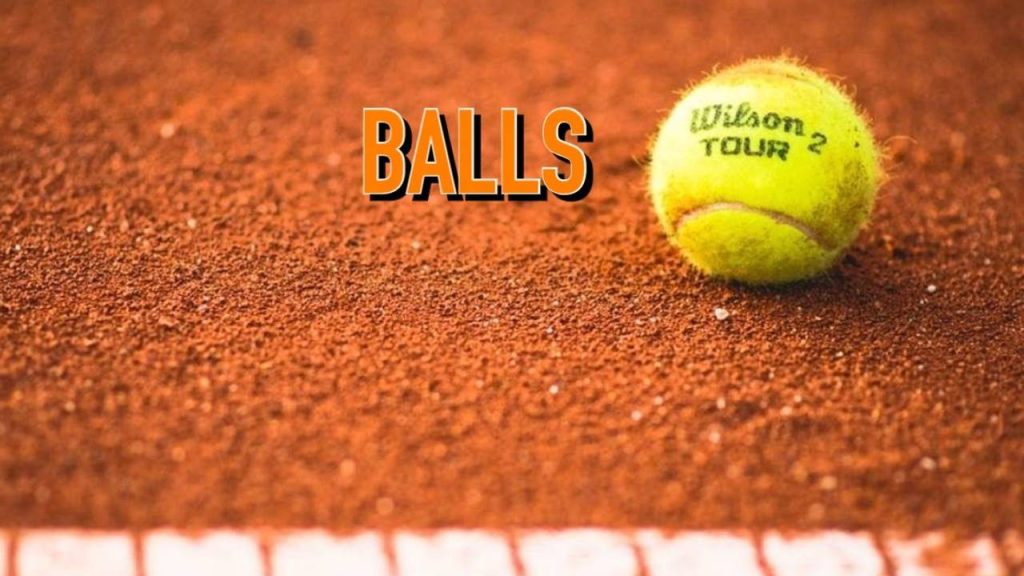This course focuses on the racquets and strings, but I wanted to say a few words about tennis balls and related accessories.
There are some key things to follow when considering which tennis balls to get.
Don’t go for the cheapest ball. A quality tennis ball makes a difference in bounce, playability and feel. Go for name brands and avoid balls with names like “Championship” and “Team” in the name, which usually means they are cheaper and made with less quality rubber. And read the linked post, if you want to find out more in-depth information about what tennis balls you should use.
Interestingly, tennis pros are becoming increasingly frustrated with the constant changing of tennis balls as they travel to different tournaments on the pro tours. We wrote about this in our article: “No New Balls, Please.”
Check this out if you are curious about the history of tennis balls. You can find out more information and purchase tennis balls at Tennis Warehouse.
We have also made an article about the environmental challenges of tennis balls and strings.
The balls make a difference
* Don’t play too long with the same balls. If the felt is gone or the bounce is weak, it’s time to replace the balls. Some balls last longer than others, I tend to use balls twice or maximum three times. But it depends on how long you play and how hard you hit.
The balls usually last longer if you play on clay, which is a softer surface than hard courts. They sell tennis balls for clay courts and so-called all-court balls in Europe. The differences are not huge. A clay-court ball is woven to stay cleaner and not absorb as much dirt/clay as a regular ball would. A clay court ball also lasts a little longer overall, but that might be my imagination.
In the US, the ball categories are not broken into clay and all-court, but extra duty and regular duty. Extra duty is more durable.
* Use pressurized balls. They offer a nicer feel and performance. Pressureless balls (that are not in a gas-filled container) last longer but are harder, bounce differently and can be stiff on your arm.
Pressureless balls are made of synthetic fibers and generally have a heavier, firmer feel due to the thicker core construction. I’m not sure if the Wilson Triniti Pro balls are any different, but I will know once I get around to reviewing them.
Pressurized balls are the most common these days and the only ones used on tour. They always come in a pressurized container that will give you a nice exhale-sound once you open it (feels like opening a can of beer :)).
Most pressurized balls are filled with air and have an air pressure rating of around 0.83 bar and 0.97 bar (12 and 14 PSI).
Recommended tennis balls
These are tennis balls we like and trust at Tennisnerd. We did a huge tennis ball test a while back on our YouTube channel.
- Dunlop Fort All Court
- Dunlop Australian Open
- Wilson US Open
- Wilson Roland Garros (I feel like these last longer than the US Open)
- HEAD Tour (or HEAD Tour XT)
- RS (white or black can are both good)
- Yonex Tour
- Tecnifibre X-One
I am sure there are plenty of other good ones as long as you go for a pressurized ball.

